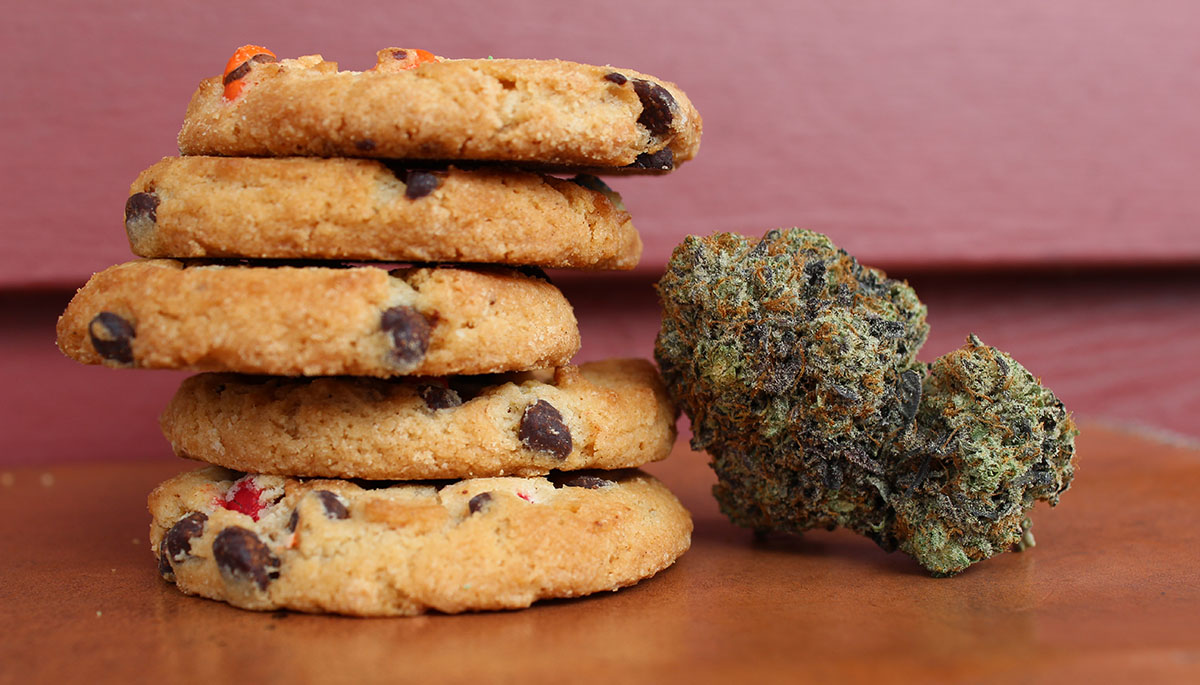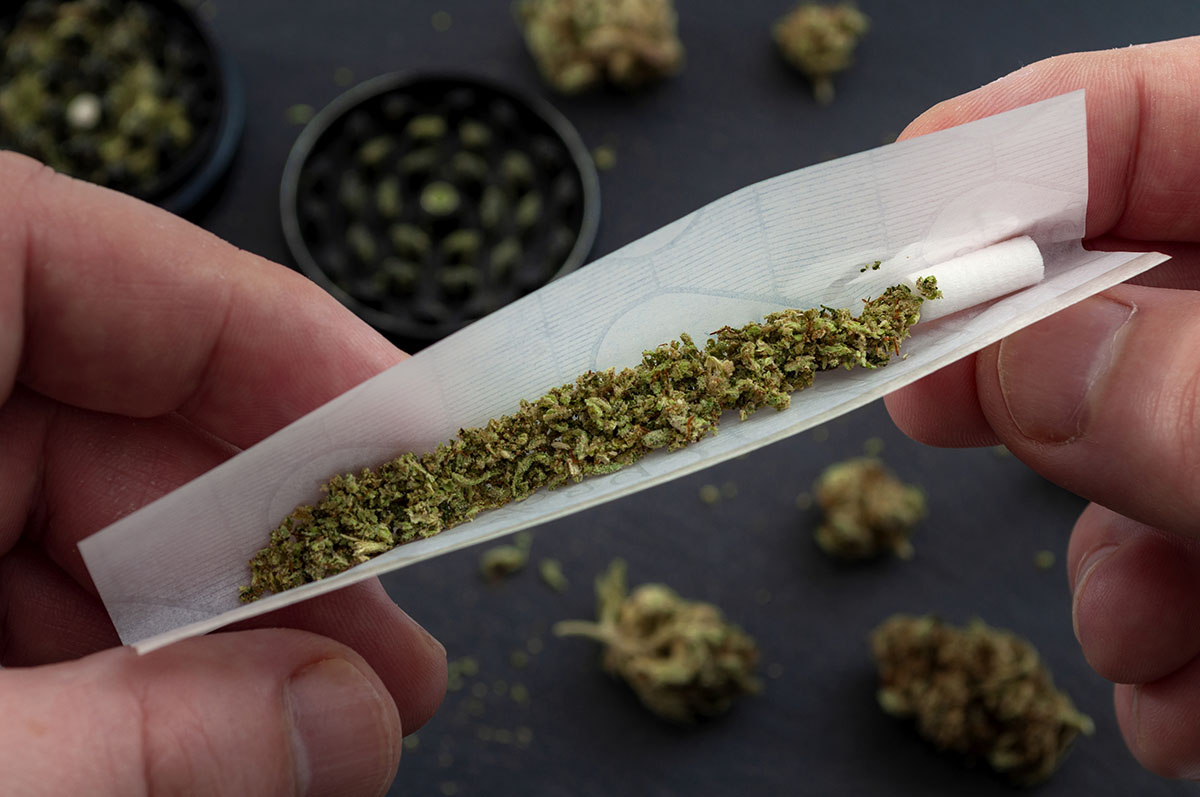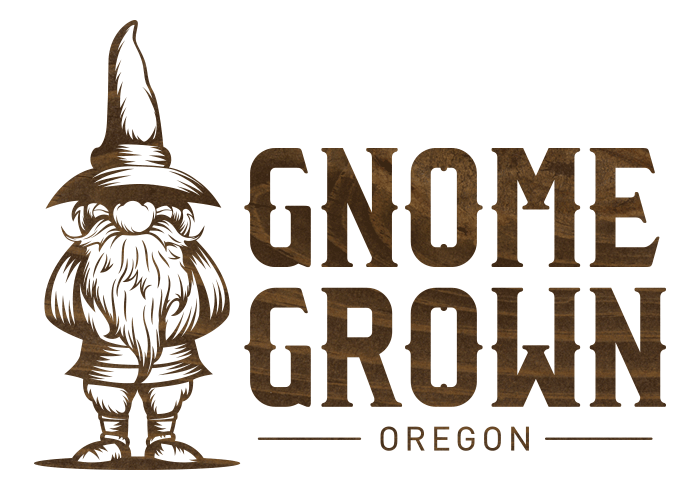Whether you are new to cannabis or fluent in the language, there’s probably a question or term you’ve always wanted to know more about. These are a few key words and terms that define the culture. Share with newly curious friends and family members who might feel confused or intimidated by dispensaries and changing laws.

What are the most active chemical compounds in cannabis?
THC – Tetrahydrocannabinol is one of the most predominant chemicals found in marijuana. It is responsible for the psychological effects of cannabis.
CBD – Cannabidiol has received a lot of positive press in recent years due to its available use to combat such ailments as epilepsy, chronic pain, insomnia, and many others. When isolated, its non-psychoactive effects are great for pain management and/or inflammation.
CBC – Cannabichromene is an anti-bacterial, anti-inflammatory, anti-viral compound that has been shown to be effective in the reduction of cancer cells.
CBN – Cannibinol is responsible for the sedative effects in cannabis.
THCa – Tetrahydrocannabinol acid is a non-psychoactive compound that is converted from THC when exposed to heat. THC-A is great for inflammation and inhibiting tumor growth.
THCV – Tetrahydrocannabivarin is a psychoactive compound found in cannabis. THCV provides a stimulating high, appetite suppression, and in elevated doses, a feeling of euphoria.
CBG – Cannabigerol is a non-psychoactive compound that is known for its anti-bacterial properties.
CBDa – Cannabidiolic acid is the acid form of THC and CBD before it transforms through synthase enzymes.
CBDV – Cannabivarian the non-psychoactive compound that has shown early promise in helping to treat neurological disorders such as Parkinson’s and (untreatable) childhood epilepsy.
Are the effects of edibles different than smoking?
Yes. Smoking has an almost instant effect, and edibles can take 20-40 minutes to activate depending on a variety of factors, including but not limited to the individual’s stature, metabolism, fatigue level, activity level, etc.
There are 3 edible classifications:
Gastrointestinal uptake
Oral uptake
Hybrid uptake
Gastrointestinal uptake is digestion through the stomach. It takes longer to activate in the body (upwards of 2 hours), and is the longest-lasting (up to 8 hours).
Gastro Edibles: brownies, cookies, 7 layer bars, etc.
Oral uptake is through the saliva in the mouth. Things that are sublingual or held in the mouth fall under this category. Their effects occur almost instantly as they go right into the bloodstream, but they wear off faster in about 2-3 hours.
Oral Edibles: tinctures, lozenges, gum, lollipops
Hybrid uptake edibles are digested both through the mouth and stomach. These are also fast-acting, can be felt within a half an hour, and can last up to 4 hours.
Hybrid Edibles: sodas, tea, juices, ice cream
Why choose edibles?
Edibles can take the place of smoking. They are huge in the medical world, used for pain relief, appetite inducers, providers of nutrients and calories, etc. On the recreational side, they are popular for the ability to consume them discreetly and for providing a longer lasting high than smoking can provide.
What does consuming edibles feel like?
Eating edibles can range from a mild body high and slight euphoria and giddiness to total body relaxation and /or a psychedelic experience. Expect to feel warm, fuzzy, uncoordinated, and happy or sleepy.
CBD edibles typically lack the euphoric effects that can be experienced with THC dominant edibles. The dosage is what determines this, besides the above factors.
For new users, starting low and slow is the safest bet. Start with a 5 mg and wait a full 40 minutes before any additional dosing.
What is Rick Simpson Oil? (RSO)
In 2003 a man named Rick Simpson treated his skin cancer using a homemade remedy made from cannabis. By soaking the cannabis in pure naphtha (isopropyl alcohol), the therapeutic compounds are drawn out of the plant, leaving behind a tar-like liquid after the solvent fully evaporates. Also known as Phoenix Tears, Rick Simpson Oil (RSO) can be orally administered or applied directly to the skin. Many other businesses now sell their own renditions of the Rick Simpson Oil, some of which are high in THC while others contain only non-psychoactive compounds like CBD.

Cannabis
Simply put, Cannabis is the name for the entire Cannabis plant. The most important species are: Cannabis Sativa and Cannabis Indica. The term cannabis is also used to refer to the product crafted from the plant’s flowers. Other slang and names for this is include weed, marijuana, grass, etc.
Cannabinoids
Cannabinoids are naturally occurring compounds in the cannabis plant with many beneficial applications. The most widely known are THC, CBD, and CBN.
Concentrates
The term concentrates refers to super-strong substances derived from marijuana flowers. Commonly known as hash or oil, concentrates often have to undergo special processes in order to be consumed. Common concentrates include: shatter, butter, hash, wax, flake, crumble, and resin. Concentrates range in consistency and potency level.
Dab
“Taking a dab” refers to the process of touching a small amount of cannabis extract against a heat source (a titanium nail in most cases, sometimes glass or quartz) to vaporize the extract. The nail delivers vapor thru a tube or small chamber, similar to a water pipe or bong. (The potency of dabbing depends on the type of concentrate and strain of the dose. On average, expect a 20-40% increase in THC delivery by consuming extracts.)
Edibles
Edibles are marijuana-infused products available in many different forms including tinctures (mainly alcohol or glycerin based extractions), cooking oils, pre-made desserts, beverages, snack foods, candies, gum, mints, etc.
Extracts
Extraction is the process that separates wanted compounds from unwanted compounds, in any plant. For cannabis, extraction separates the cannabinoids and terpenes from the plant.
Hybrid
A hybrid is when an expert breeder selects a top sativa and indica strain and combines them into super strains that maintain and showcase the best aspects from both parent strains. Hybrids can be sativa or indica dominant, and have the effects to match.
Indica
Cannabis Indica is a dark green, shorter, stalkier plant. Native to Asia, this plant has a tendency to be bushy with thick leaves and a wider stock than its cousin Sativa. The high experienced from Indica strains tends to be relaxing and sedative.
Landrace
A landrace strain is a cannabis strain indigenous to a specific area and that has never been crossbred with another strain. Landrace strains have grown to thrive in their natural environments over time.
Sativa
Cannabis Sativa is the most commonly grown cannabis worldwide. Native to tropical climates, its appearance is like that of a tall weed with airy shrubs, and it is a light shade of green. The effects of its high can be described as uplifting, euphoric, and creative.
Terpenes
Terpenes are the aromatic oils and molecules of plant life (think conifers and citrus trees) and insects. (In nature, terpenes that are found in some species of insects can act as an alarm or defense mechanism for plants and insects alike.)
More than 100 different terpenes have been detected in cannabis. The combination of terpenes is what gives marijuana its unique smell and flavor profile.
Topicals
Topicals are marijuana-infused oils, scrubs, balms, salves, lotions, patches, and other potions that are absorbed through the skin for localized relief of pain, inflammation, tense joints, soreness, etc.
Topicals are non-psychoactive; thus they are chosen by consumers who want the medicinal and therapeutic effects of the cannabis without the cerebral head high and euphoria associated with other styles of marijuana consumption. Newer topical products include sensual lubricants, transdermal gels, bath soaks, oil sprays, toners, and others.
Vaping
The process of heating dried plant material to a temperature just below its combustion point and consuming it is called vaping. Vaping releases active ingredients from cannabis without overheating. Vaping produces an inhalable vapor that still contains the active medical ingredients in marijuana (cannabinoids), but without the harmful by-products such as tar.


